Unit 42 in Idaho presents several challenges as noted by hunters, particularly regarding clarity of regulations and game expectations. The any weapon season for pronghorn is confirmed to cover Unit 42 and a portion of Unit 41, while the controlled hunt for elk and deer has raised concerns due to reported low deer numbers and mature buck sightings. While some hunters express frustration with draw odds and game expectations not aligning with GOHUNT's profiles, others confirm the necessity to adjust expectations based on firsthand regional reports, underscoring the importance of direct scouting and local knowledge. Roads in the area are also a consideration, as tougher terrain may necessitate four-wheel-drive vehicles over larger trucks for some hunters, highlighting the need for adequate preparation before embarking on a hunt in this unit.




